Will an A2P3 Filter Gas Mask Work to Filter Nitrogen Dioxide?
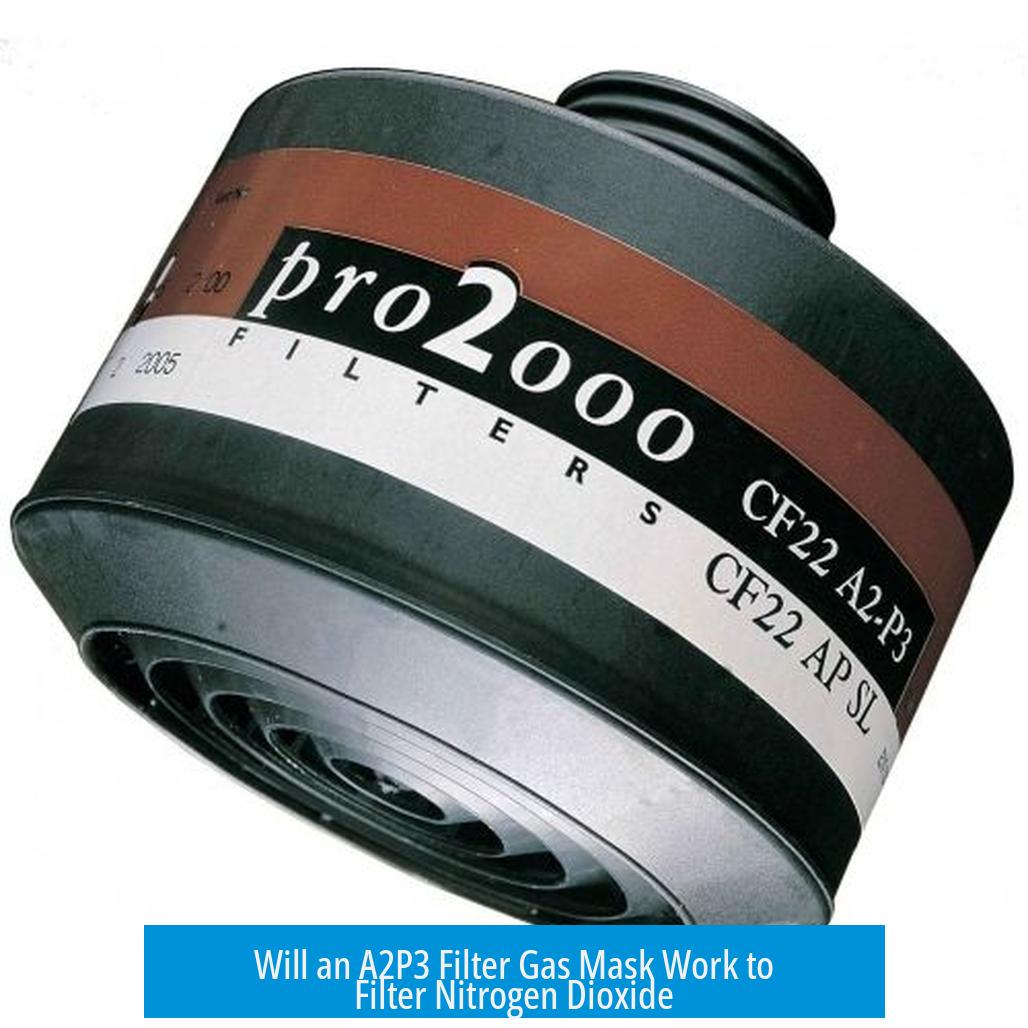
An A2P3 filter gas mask does not effectively filter nitrogen dioxide (NO2). This is because the A2P3 filter is designed to protect against organic gases with high boiling points and particles, but not inorganic gases like nitrogen dioxide. Protection from NO2 requires filters specifically rated for inorganic acid gases, often marked by the letter “B” or “NO”.
Understanding Gas Mask Filter Classifications
Gas mask filters have classifications identified by letters, each targeting specific gas or particle types:
- A – Organic gases with boiling points above 65°C
- B – Inorganic acid gases like chlorine, hydrogen sulfide
- E – Sulfur dioxide (SO2) and hydrogen chloride (HCl)
- K – Ammonia (NH3)
- NO – Nitrous oxide (N2O) and nitrogen dioxide (NO2)
- P – Dust and particles, rated by filtration efficiency (P1, P2, P3)
The classification letters help determine what contaminants a filter can handle. For nitrogen dioxide, filters marked with B or NO are necessary because nitrogen dioxide is an inorganic acid gas.
What Does A2P3 Mean?

| Letter | Targeted Contaminant |
|---|---|
| A2 | Organic gases with boiling points >65°C, medium capacity |
| P3 | Particles, 99.95% filtration efficiency for particles smaller than 0.5 μm |
An A2P3 filter is effective against many organic vapors and particulates but does not include protection for inorganic gases like nitrogen dioxide.
Why A2P3 Filters Do Not Protect Against Nitrogen Dioxide
- The A2 component targets organic gases only.
- P3 addresses particle filtration, not gases.
- No “B” or “NO” designation means no protection against nitrogen dioxide.
Filters that protect against NO2 contain components labeled B or specifically NO. Common effective filters for nitrogen dioxide are ABEK-P3, which cover a broad range of gases including inorganic acid gases.
Recommendations for Nitrogen Dioxide Protection
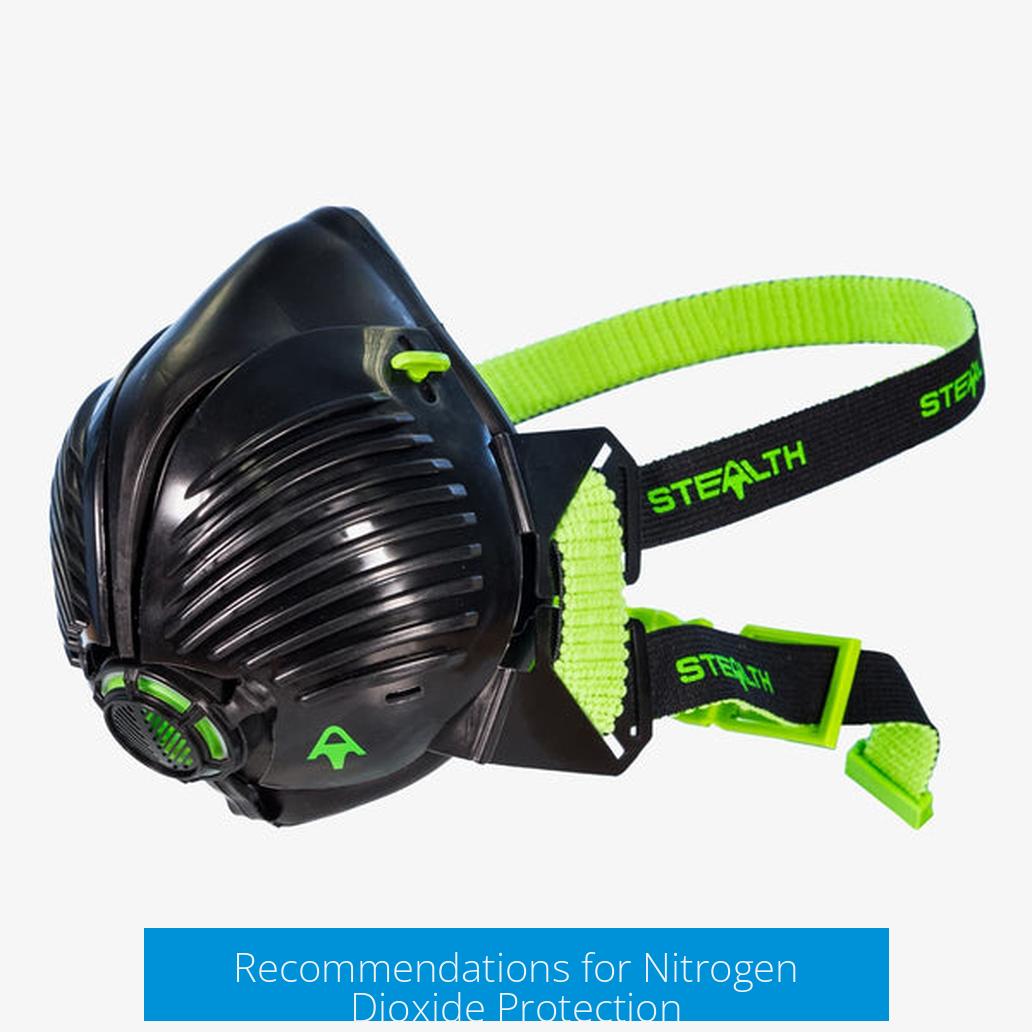
- Use gas masks with filters rated for inorganic acid gases (B classification) or NO-specific filters.
- Consider multi-gas filters like ABEK-P3 for comprehensive protection in mixed environments.
- Employ additional safety measures such as proper ventilation and fume hoods.
- Replace filters frequently; nitrogen dioxide can saturate filters quickly without detection.
- Consult material safety data sheets (MSDS) and equipment manufacturers for guidance.
Limitations and Safety Considerations
Nitrogen dioxide exposure requires strict respiratory protection protocols. Filters designed for NO2 have limited service life. They may become saturated without any change in taste or smell, creating a false sense of security.
Supplied air respirators or positive pressure systems offer greater safety in high concentration or long exposure scenarios. Routine medical supervision is advisable where NO2 exposure is frequent or prolonged.
Practical Experiences and Alternatives

Industrial practices for handling nitrogen oxides (NOx), including NO2, often involve combined approaches:
- Personal protective equipment with OV/AG P100 filters (organic and acid gas protection plus particulate filtration)
- Use of chemical fume hoods or ventilated enclosures
- Detection devices to monitor NO2 levels continuously
- Periodic filter replacement and health monitoring schedules
Key Takeaways
- A2P3 filters do not protect against nitrogen dioxide (NO2).
- Protection against NO2 requires filters rated for inorganic acid gases (B) or specifically designed NO filters.
- Filters saturate quickly and can fail unnoticed, demanding frequent replacement and careful monitoring.
- Additional engineering controls and medical supervision enhance safety for NO2 handling.
- Consult safety data sheets and professional guidelines when selecting respiratory protection for nitrogen dioxide.
Will an A2P3 Filter Gas Mask Work to Filter Nitrogen Dioxide?
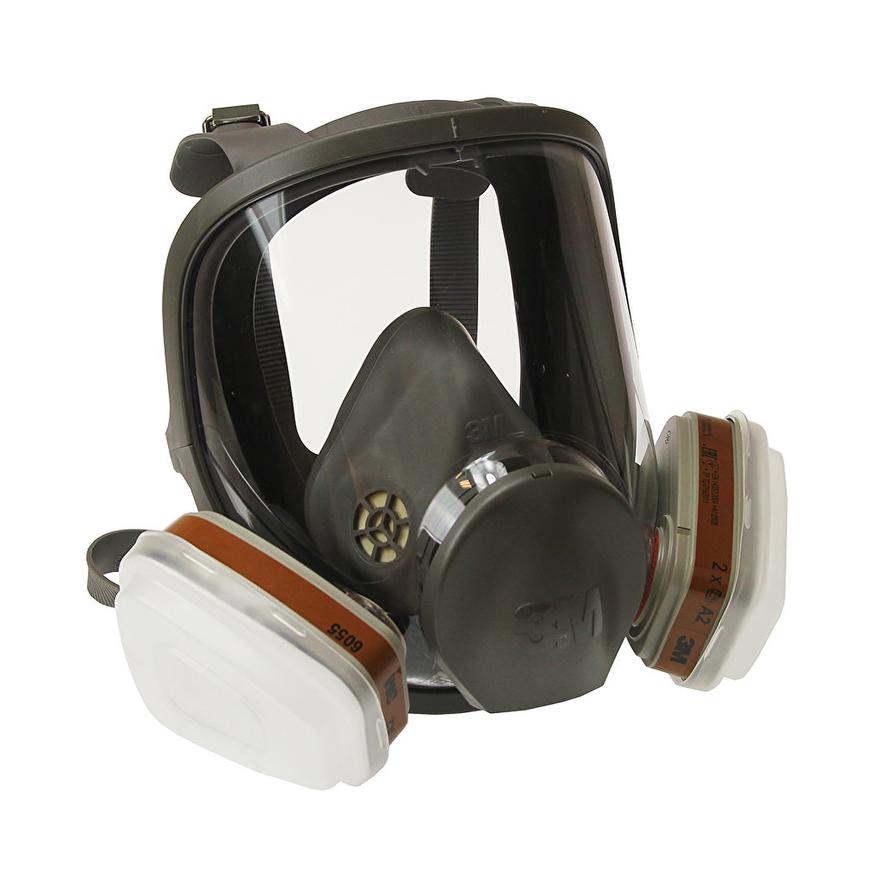
The short, straightforward answer is: NO. An A2P3 filter gas mask does NOT effectively filter nitrogen dioxide (NO2). Let’s unpack why, and what you actually need if you’re dealing with this sneaky, toxic gas.
It might seem tempting to use your trusty A2P3 filter—after all, it sounds pretty advanced. But a closer look at what those letters and numbers really mean exposes the limits of this filter when confronted with nitrogen dioxide.
Decoding the A2P3 Filter Label
First, what does A2P3 actually signify in filter speak?
- A stands for organic gases with a boiling point above 65°C. Think solvents, fuels, and other chemical fumes—not nitrogen dioxide.
- 2 indicates the filter’s capacity level for the organic gases.
- P3 represents the highest class of protection against particles, filtering out about 99.95% of particulates smaller than 0.5 microns. This is terrific for dust and fine particles, but NO2 is a gas, not a particle.
So what’s missing? The part that signals protection against nitrogen dioxide or similar gases.
Why A2P3 Falls Short Against Nitrogen Dioxide
Gas mask filters have letter codes for specific gases:
- B is the code for inorganic acid gases, including nitrogen dioxide, nitric acid vapors, and related compounds.
- NO specifically denotes filters designed for nitrous oxide (N2O) and nitrogen dioxide (NO2).
Your A2P3 filter has neither B nor NO. It’s geared for organic gases and particles but not nitrogen dioxide, which is an inorganic acid gas.
In other words, wearing an A2P3 filter mask around nitrogen dioxide is like bringing a butter knife to a gunfight. It’s just not the right tool.
What Should You Use for NO2?
The professional recommendation? Look for filters labeled with B or comprehensive multi-gas filters like ABEK-P3. These filters are designed to tackle a range of gases, including nitrogen dioxide.
For example, a standard ABEK-P3 filter covers:
- A–organic gases (high boiling point)
- B–inorganic acid gases (like NO2)
- E–sulfur dioxide and hydrogen chloride
- K–ammonia
- P3–particles
That covers your bases far better when exposed to nitrogen dioxide.
Real-World Tips and Warnings from the Experts
Peppered throughout safety forums and professional experience is a cautionary tale: nitrogen dioxide filters only last so long and can saturate without you noticing. That’s scary because once saturated, the filter lets harmful gases slip right through.
Here’s what to keep in mind:
- Change filters regularly. Don’t keep one on for hours or days beyond its lifespan.
- Use supplied air or ventilated systems if exposure is prolonged or intense.
- Consult MSDS sheets for the chemicals you’re handling. Manufacturer instructions and safety data sheets offer essential, reliable advice—don’t rely on Reddit for your health!
- Medical supervision might be mandatory if you work with respiratory protection around NO2.
- Consider combining protective strategies. For instance, one industry practitioner dealing with NOx gases uses an OV/AG P100 half-face respirator alongside a fume hood for extra safety.
Filter canisters for nitrogen dioxide used to be widespread, but they’re becoming less favored in professional settings due to their short effectiveness—often only 20 minutes before you need a new one. And the worst part? No warning signs when the filter fails. Yikes.
Why Don’t P Filters Cut It for NO2?
Particles and gases are very different. P3 filters are excellent at filtering out tiny solid or liquid particles, like dust, smoke, or aerosols. But nitrogen dioxide is a gas, invisible and sneaky. No matter how dense your particle filter, it won’t capture these gaseous molecules.
It’s crucial to remember that gas masks are highly specialized. You pick the filter based on the contaminant. The A2P3 filter shines in organic fumes and particle-heavy environments but fails spectacularly against NO2.
A Quick Comparison Table for Clarity
| Filter Type | Target Contaminants | Effectiveness Against NO2 |
|---|---|---|
| A2P3 | Organic gases (high boiling point) + particles | None |
| B (Inorganic Acid Gas Filters) | Nitrogen dioxide, nitric acid vapors, other inorganic acid gases | Effective |
| ABEK-P3 (Multi-gas) | Organic, inorganic acid gases, sulfur dioxide, ammonia, particles | Effective and recommended |
Final Takeaway
Attempting to use an A2P3 filter gas mask to filter nitrogen dioxide is, regrettably, a no-go. The filter lacks the right rating to block NO2. Safety isn’t just about wearing any mask—it’s about wearing the right mask.
For any work involving nitrogen dioxide:
- Choose filters with a B rating or multi-gas filters like ABEK-P3.
- Replace filters frequently before saturation occurs.
- Consult official safety data sheets and medical professionals.
- Consider supplementary protective gear and ventilation.
Feeling prepared beats making a costly mistake that risks health. So next time you gear up for work involving nitrogen dioxide, remember: don’t gamble with an A2P3. Pick the reliable stuff, because your lungs will thank you.
Does an A2P3 filter remove nitrogen dioxide (NO₂) from the air?
No, an A2P3 filter does not remove nitrogen dioxide. The A part filters organic gases, and P3 filters particles, but NO₂ is an inorganic gas needing a B-rated filter.
What filter type should I use for protection against nitrogen dioxide?
Use filters labeled with B for inorganic acid gases, like the ABEK-P3. These are designed to filter nitrogen dioxide effectively.
Can the P3 particle filter in an A2P3 catch nitrogen dioxide particles?
No, P3 filters trap particles but not gases like nitrogen dioxide. NO₂ is a gas and requires a gas-specific filter, not just a particle filter.
Is an A2P3 filter safe for long-term exposure to nitrogen dioxide?
No, it is not safe. Filters for nitrogen dioxide have a limited life and can become saturated without warning. Supplied air respirators are recommended for longer exposure.
Are there additional safety steps when working with nitrogen dioxide?
Yes. Frequent filter changes, medical supervision, and ventilation are important. Always follow manufacturer guidelines and consult safety data sheets for proper protection.


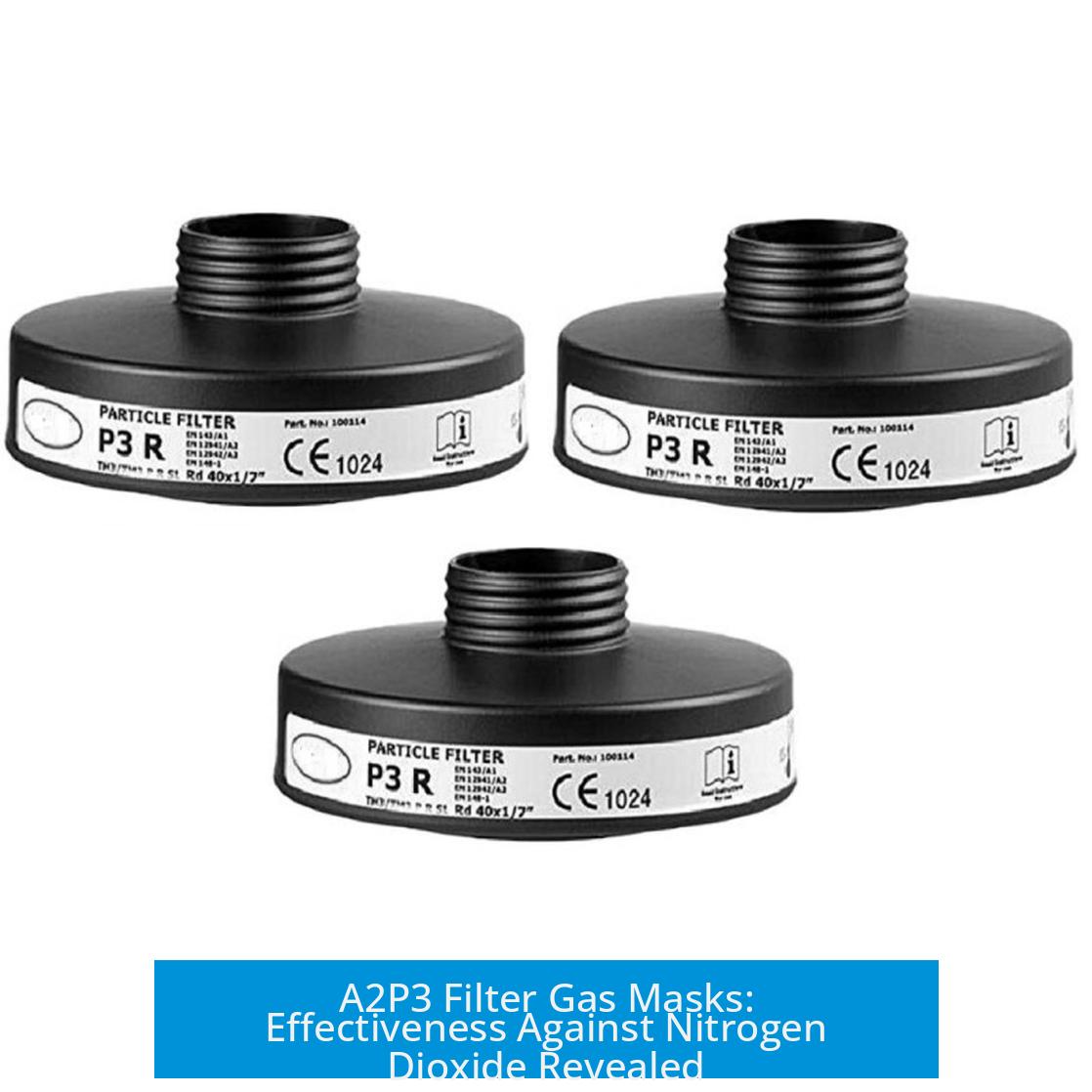
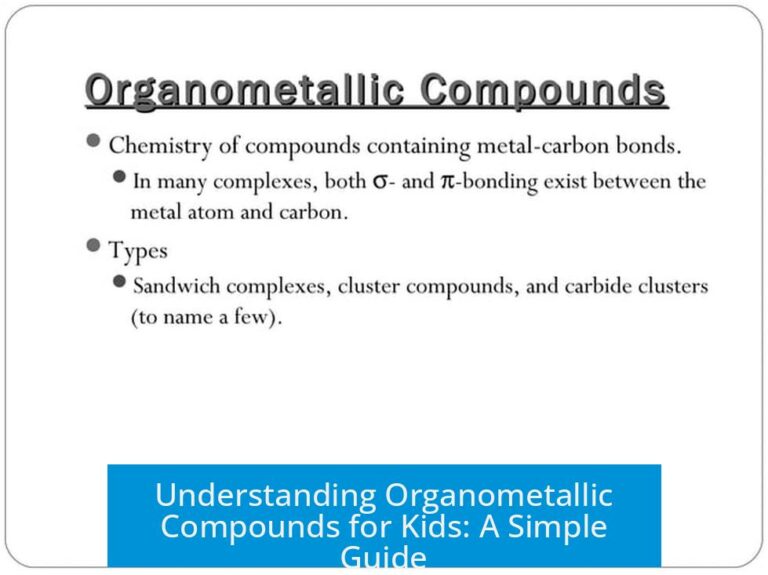
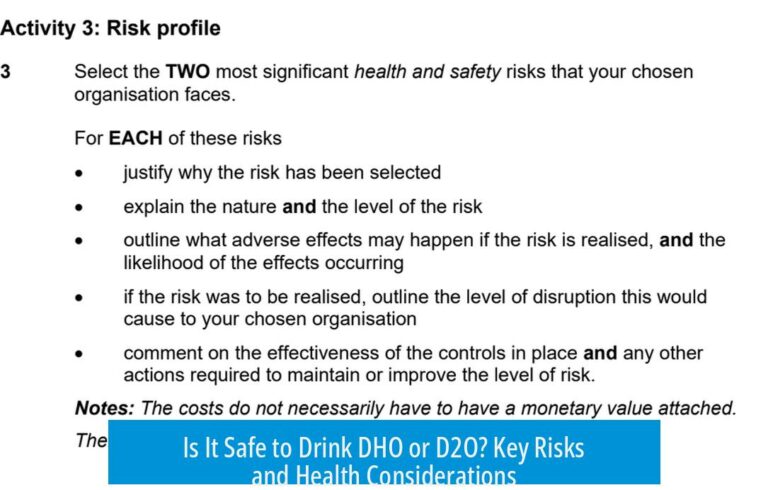
Leave a Comment